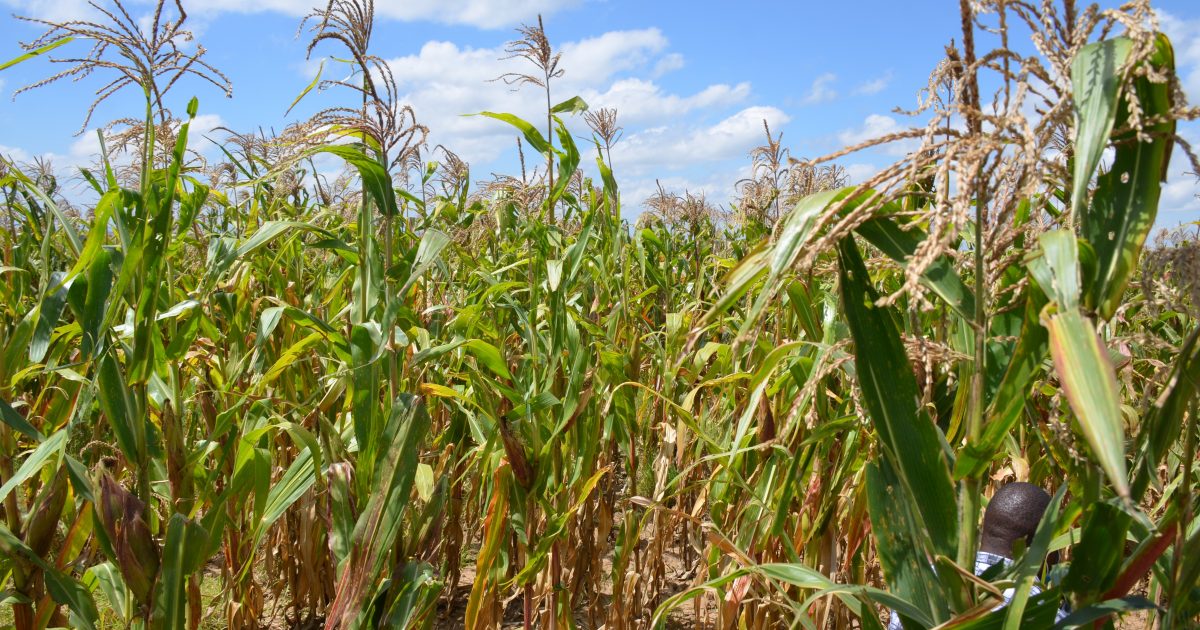Agriculturalists are attributing the loss of crop in parts of Baringo County that has seen farmers find empty cobs of maize to a combination of factors.
According to a Senior Agriculture Officer in the Ministry of Agriculture and Livestock Development, Jane Njeri Reuben, the predicament could be a result of the impacts of climate change.
Maize farmers in Baringo and Uasin Gishu counties are counting losses after failed harvests on over 200 acres of land.
In an interview on the sidelines of the 7th National Climate Outlook Forum (NCOF7), Njeri said that the poor maize crop is a result of the long dry spell that was experienced during the long rains season of March to May.
“The empty maize cobs could be due to the long dry spell that set in immediately after the long rains season of March, April to May began, you notice the first few days had good rainfall, then the long dry spell set in,” said Njeri who is an Environmental Agronomist.
The Agriculture Officer noted that while in pastoral areas there could be pasture after a few days of rain, “in crop farming, for a crop to perform well, it requires sufficient soil moisture brought about by the rain throughout the season,” she said.
Another factor, she says, is the nature of the soil which could also hinder the proper development of the crop, “Sandy loam soils are known to drain water very fast,” she said and added, “This coupled with high temperatures cause fast evaporation leaving crops without sufficient water for growth.”
Njeri says that with the changing weather patterns, there is need for farmers to know what time to plant so as to reap maximum benefits, she says, “The erratic rainfall patterns mean that researchers ought to come up with seed varieties that grow during varied weather patterns.”
The Senior Agricultural officer further advised farmers to embrace small-scale irrigation irrgation due to the erratic nature of the rainfall seasons adding that it can be possible if they can harvest water.
Environmental conditions such as soil moisture, timely rainfall, water-logging in soils, nutrient deficiencies, weed pressure; plant disease and pests are some of the challenges facing maize farmers.
With the October, November to December rainfall expected to be Normal to Above normal rainfall for the entire Country, the agriculture sector is anticipating enhanced agricultural production and a surge in productivity, “this will boost the overall output of the livestock and the crop sector,” says Njeri.
She further notes that food commodity prices may drop due to the abundance of choice in the food crops and the general productivity, ensuring access to nutritive food, while pasture generation will also provide ample pasture for livestock which will then increase milk production.
The sector is however warning that owing to the heavy rainfall expected, this could result in flooding and leaching of soil nutrients. Other negative impacts will be hail stones and storms which could reduce production.
The warning of a possible desert locust invasion is raising worry among the agriculture sector players as the pests are known to clear swaths of green vegetation which could include the crops hence lead to losses.





